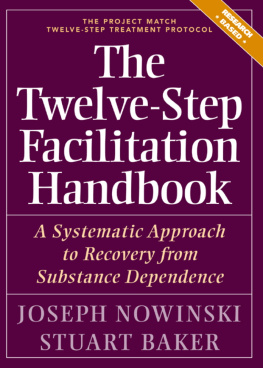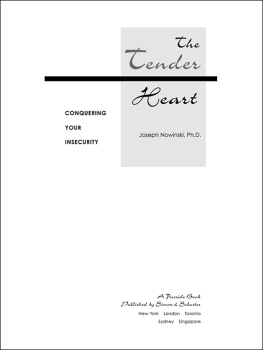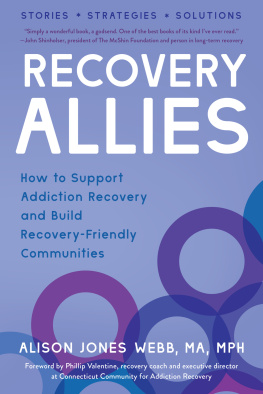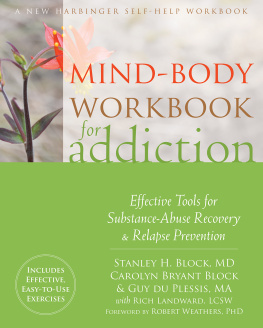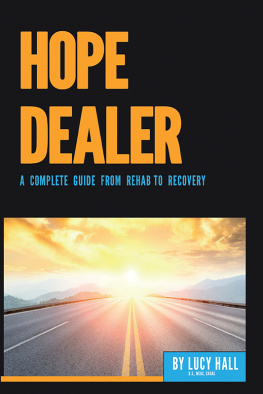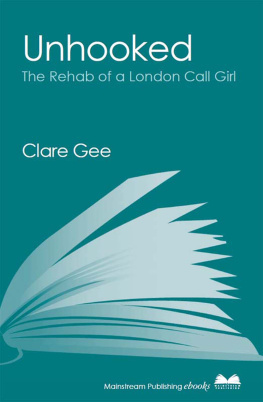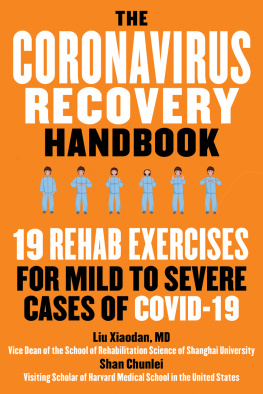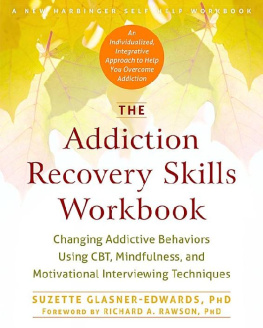Joseph Nowinski, PhD, is an internationally recognized clinical psychologist. He has published several books on the subject of substance abuse, addiction, and recovery and has held positions as assistant professor of psychiatry at the University of California San Francisco School of Medicine, associate professor of psychology at the University of Connecticut, and supervising psychologist at the University of Connecticut Health Center. He currently is an assistant professor at the Hazelden Betty Ford Graduate School of Addiction Studies. For additional information, visit www.josephnowinski.com.
Alcoholics Anonymous. Membership survey. 2014. www.aa.org/assets/en_US/p-48_membershipsurvey.pdf.
. The A.A. memberMedications & other drugs. 2018. www.aa.org/assets/en_US/p-11_aamembersMedDrug.pdf.
. Twelve Steps and Twelve Traditions. 2020. www.aa.org/pages/en_US/twelve-steps-and-twelve-traditions.
American Cancer Society. Alcohol use and cancer. 2020. www.cancer.org/cancer/cancer-causes/diet-physical-activity/alcohol-use-and-cancer.html.
American Psychiatric Association. DSM-5 fact sheets. 2020. www.psychiatry.org/psychiatrists/practice/dsm/educational-resources/dsm-5-fact-sheets.
Beck, A.K., E. Forbes, A.L. Baker, P.J. Kelly, P. Deane, A. Shakeshaft, D. Hunt, & J.F. Kelly. Systematic review of SMART Recovery: Outcomes, process variables, and implications for research. Psychology of Addictive Behaviors 31, no. 1 (2017): 120. doi:10.1037/adb0000237.
Bouza, C., M. Angeles, A. Muoz, & J.M. Amate. Efficacy and safety of naltrexone and acamprosate in the treatment of alcohol dependence: A systematic review. Addiction 99 (2004): 81128.
Brown, S.A., P. Vick, & V. Creamer. Characteristics of relapse following adolescent substance abuse treatment. Addictive Behaviors 14, no. 3 (1989): 291300.
Bujarski, S., S.S. OMalley, K. Lunny, & L.A. Ray. The effects of drinking goal on treatment outcome for alcoholism. Journal of Consulting and Clinical Psychology 81, no. 1 (2013): 1322.
Connors, G.J., J.S. Tonigan, & W.R. Miller. A measure of religious background and behavior for use in behavior change research. Psychology of Addictive Behaviors 10, no. 2 (1996): 9096.
Cotton, N.S. The familial incidence of alcoholism: A review. Journal of Studies on Alcohol 40 (1979): 89116.
Crowe, R.R. The genetics of panic disorder and agoraphobia. Psychiatric Developments 3, no. 2 (1985): 17185.
Cuijpers, P., A. van Straten, G. Andersson, & P. van Oppen. Psychotherapy for depression in adults: A meta-analysis of comparative outcome studies. Journal of Consulting and Clinical Psychology 76, no. 6 (2008): 90922.
Dear, G.E., C. Roberts, & L. Lange. Defining codependency: A thematic analysis of published definitions. In Advances in Psychology, edited by S. Shohov, 34 (2004): 189205. New York: Nova Science Publishers.
DrugRehab.com. How much does drug rehab cost? 2020. www.drugrehab.com/treatment/how-much-does-rehab-cost.
Eigen, L., & D. Rowden. Section 1: ResearchA methodology and current estimate of the number of children of alcoholics in the United States. In Children of alcoholics: Selected readings edited by S. Abbott, Rockville, MD: National Association for Children of Alcoholics. 122.
First Nations Pedagogy Online. 2020. https://firstnationspedagogy.ca/circletalks.html.
Fudala, P.J., T.P. Bridge, S. Herbert, W.O. Williford, C.N. Chiang, K. Jones, J. Collins, D. Raisch, P. Casadonte, R.J. Goldsmith, W. Ling, U. Malkerneker, L. McNicholas, J. Renner, S. Stine, & D. Tusel. Office-based treatment of opiate addiction with a sublingual-tablet formulation of buprenorphine and naloxone. New England Journal of Medicine 349, no. 10 (2003): 94958.
Glassner-Edwards, S., S.R. Tate, J.R. McQuaid, K. Cummins, E. Granholm, & S.A. Brown. Mechanisms of action in integrated cognitive-behavioral treatment versus twelve-step facilitation for substance-dependent adults with comorbid major depression. Journal of Studies on Alcohol and Drugs 68 (2007): 66372.
Hardwood, H., D. Fountain, & G. Livermore. The economic costs of alcohol and drug abuse in the United States, 1992. NIH publication no. 98-4327. Rockville, MD: National Institutes of Health, 1998.
Humphreys, K. Can targeting nondependent problem drinkers and providing internet-based services expand access to assistance for alcohol problems: A study of the moderation management self-help/mutual aid organization. Quarterly Journal of Studies on Alcohol 62 (2001): 52832.
Kabat-Zinn, J. Full catastrophe living. New York: Bantam, 2013.
Kakko J., K.D. Svanborg, M.J. Kreek, & M. Heilig. 1-year retention and social function after buprenorphine-assisted relapse prevention treatment for heroin dependence in Sweden: A randomised, placebo-controlled trial. Lancet 361, no. 9358 (2003): 66268.
Kaskutas, L.A., L. Ammon, K. Delucchi, R. Room, J. Bond, & C. Weisner. Alcoholics Anonymous careers: Patterns of AA involvement five years after treatment entry. Alcoholism: Clinical and Experimental Research 29, no. 11 (2005): 198390.
Kelly, J.F., K. Humphreys, & M. Ferri. Alcoholics Anonymous and other 12 step programs for alcohol use disorder. 2020. www.cochranelibrary.com/cdsr/doi/10.1002/14651858.CD012880.pub2/full.
Kelly, J.F., R.L. Stout, M. Magill, J.S. Tonigan, & M.E. Pagano. Spirituality in recovery: A lagged mediational analysis of Alcoholics Anonymous principal theoretical mechanism of behavior change. Alcoholism: Clinical and Experimental Research 35, no. 3 (2011): 45463.
Kishline, A. Moderate drinking: The moderation management guide for people who want to reduce their drinking. New York: Crown Trade Paperbacks, 1994.
Kosten, T., & T. George. The neurobiology of opioid dependence: Implications for treatment. Science and Practice Perspectives 1, no. 1 (2002): 1320.
Kranzler, H., & J. Van Kirk. Efficacy of naltrexone and acamprosate for alcoholism treatment: A meta-analysis. Alcoholism: Clinical and Experimental Research 25 (2001): 133541.
Levinson, D.F. The genetics of depression: A review. Biological Psychiatry 60 (2006): 8492.
Lindley, N., P. Giordano, & E. Hammer. Codependency: Predictors and psychometric issues. Journal of Clinical Psychology 55, no. 1 (1999): 5964.
Litt, M.D., R.M. Kadden, E. Kabela-Cormier, & N.M. Petry. Changing network support for drinking: Network Support Project 2-year follow-up. Journal of Consulting and Clinical Psychology 77, no. 2 (2009): 22942.
Lohoff, F.W. Overview of the genetics of major depressive disorder. National Center for Biotechnology Information. 2010. www.ncbi.nlm.nih.gov/pmc/articles/PMC3077049.
Mattick, R.P., C. Breen, J. Kimber, & M. Davoli. Methadone maintenance therapy versus no opioid replacement therapy for opioid dependence. Cochrane Database of Systematic Reviews 3 (2009): CD002209.
Miller, W.R., A.L. Leckman, H.D. Delaney, & M. Tinkcom. Long-term follow-up on behavioral self-control training. Journal of Studies on Alcohol 53 (1992): 24961.
Moos, R.H., & B.S. Moos. Paths of entry into Alcoholics Anonymous: Consequences for participation and remission. Alcoholism: Clinical and Experimental Research 29, no. 10 (2005): 185868.
Morgan, J.P. What is codependency? Journal of Clinical Psychology 47, no. 5 (1991): 72029.
National Institutes of Health, National Institute on Drug Abuse. Drugs, brains, and behavior: The science of addiction. 2018. www.drugabuse.gov/publications/principles-drug-addiction-treatment-research-based-guide-third-edition/frequently-asked-questions/how-effective-drug-addiction-treatment.
. Marijuana research report: Is marijuana addictive? 2020. www.drugabuse.gov/publications/research-reports/marijuana/marijuana-addictive.


